Explore the essence of Japanese interior aesthetics as a lifestyle in harmony with nature, stemming from centuries of isolation and sustainable living. This interview delves into Japan's history of resource scarcity, innovation spurred by natural disasters, and strategies for adapting to a shifting market, focusing on both domestic expansion and targeted overseas growth, particularly in culturally similar regions. Ikehiko Corporation's sustainable practices, notably in growing rush for eco-friendly products, take center stage, alongside plans to engage younger generations through social media and influencer collaborations. Ultimately, the president envisions not just business growth but a workplace where employee happiness and professional success intertwine.
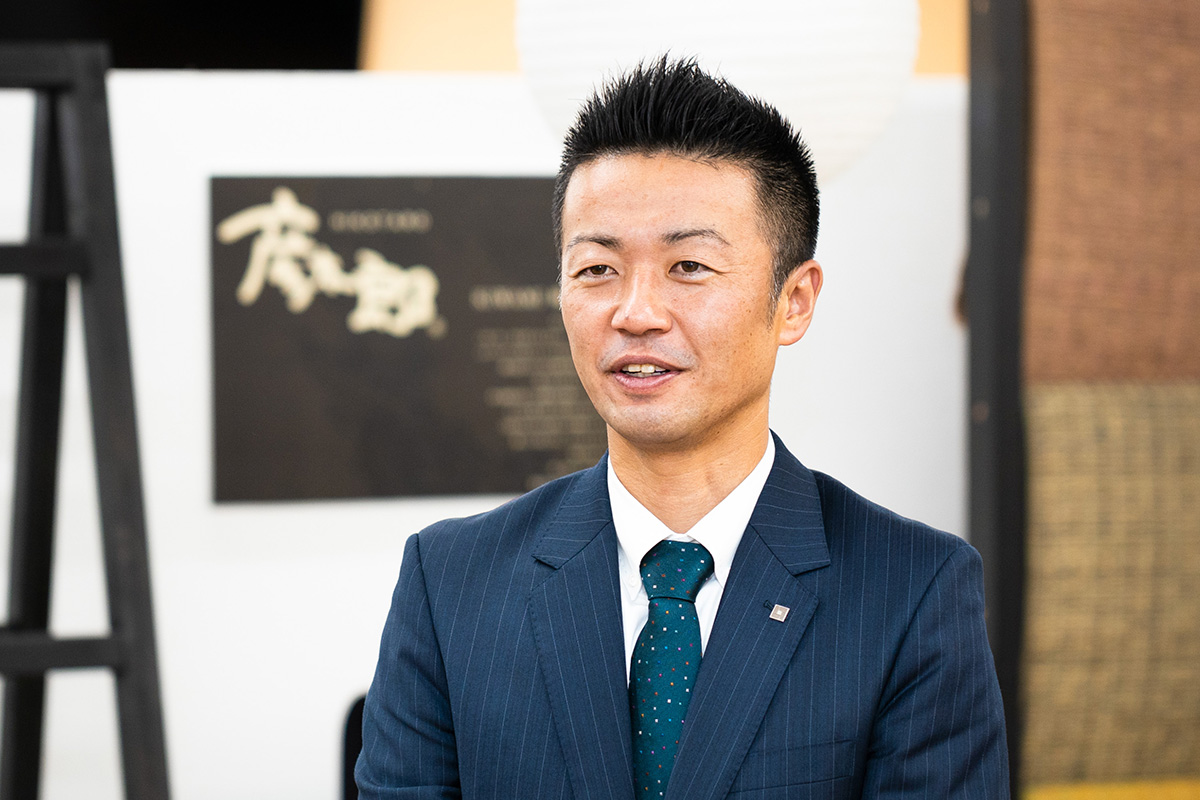
We think that esthetic values in Japan reach beyond philosophical ideas about art and beauty. It is a way of living in harmony with nature. Japan was isolated for centuries. This enabled the development of a fascinating culture and art form with unique customs and products. When talking about these esthetics indoors, Japan is appreciated for its minimalism, organic forms, and representation of nature. How would you explain the success and the advantages of Japanese interior products nowadays?
In my personal opinion, I think that in Japan, we have always focused on how we fit into the changing environment. We have four different seasons in Japan, which means that the environment is constantly changing. In this context, we have always thought about living sustainably in this changing environment. I think that prior generations focused on that point when developing interior products. Japan does not have a lot of resources. However, as an island nation, we are rich in nature. Due to our limited resources, we needed to use our wisdom to consider how we can live sustainably. If you are rich in resources, then you have many options, which means that you do not need to think about it a lot. However, if resources are limited, you must select what you can use and consider how comfortably you can live with those limited resources. That was the philosophy of prior generations when it came to developing interior products and that allowed us to achieve harmony with nature.
When compared to Europe, there are a lot more natural disasters in Japan. As a result of natural disasters such as earthquakes or typhoons, buildings and products are often damaged and broken in Japan. This led to us repeatedly innovating and improving our products. In Europe, there are fewer natural disasters, and they can build their products with stone for example. In Japan, however, a lot of buildings were damaged over the years by natural disasters. This forced us to generate something new. Thanks to this environment, we were able to improve our products and create many innovations in the interior field. On the other hand, I think that that is the reason why we are behind in terms of design when compared to Europe. In Europe, they can keep the same buildings for a long time. Due to the buildings remaining unchanged, they were able to develop their design capabilities. That is the main difference between Japan and Europe. In Japan, we learned a lot as a result of buildings and products being damaged.
Japan has an aging population, with one-third of the population currently above the age of 60. It is expected that the population will fall below 100 million people by the year 2050, and this raises two main issues. The first is labor force shortages, and the second is that the domestic market is slowly shrinking. How is your firm adapting to this demographic shift, and how much do you need to look overseas to ensure your long-term business success?
To answer those questions, I would like to refer to our mid-term and long-term plans. As you mentioned, Japan’s population is indeed shrinking. However, our sales figures are currently around JPY 10 billion or so. I believe that there is still room to further develop the domestic market as Japan’s GDP is big enough. There are many more potential customers in this market. At this moment, we supply only to individual households. However, I believe that we can develop the market for the interiors of offices, nursery schools, and old people’s homes. There are still a lot of opportunities for us in these potential markets.
Moving forward, we have three different strategies. The first strategy is to shift our focus to places that we can supply our rush to, and expand horizontally. Our second strategy is to extend our supply chain. Currently, we are in the maker’s position. However, we have started some retail activities using the Internet and digital technology. We want to extend our supply chain to have more channels to enhance our product profitability. That is our vertical strategy for expansion.
Our third strategy is to look at the overseas markets. As you mentioned, Japan’s population is declining and will fall to 70 or 80 million people in the future. By then, the world’s population will be between 8 and 10 billion people. Unless we look at the overseas market, we will be unable to survive. We have been working on our overseas strategy for the past three years. I believe that we should focus on countries that are like Japan, such as Vietnam, Taiwan, or Indonesia. Those countries have things in common with Japan when it comes to culture. Therefore, rather than looking to remote countries with little in common with Japanese culture, we want to focus on countries whose culture is similar to Japan as they have a lot in common with us. From those countries, we would like to gradually expand to the global market.
One other very important thing is the value of time when entering into overseas markets. When we enter overseas markets, trust and credibility will be essential. Money is one of the means to get credibility. However, I have given a lot of thought to how we can earn credibility in other ways. Time is valuable when we consider credibility. You can purchase things using money. However, you cannot purchase time. When I refer to time, I am talking about culture, history, and tradition. When consumers find out the value of the time in a product, that leads to credibility. I think that it is a priceless value, and will be very important when we enter into the global market. Our company has a history of over 100 years and this history and culture are represented by our products. This will lead to the credibility and trust of our brand.
Ippudo is a premium restaurant experience if you visit New York, London, or Paris, whereas here in Japan, it is a very standard restaurant. This goes hand in hand with washoku Japanese food culture which is seen overseas as some of the best food in the world, and it commands a very high price. When it comes to furniture and interior-based products, does the same thing apply? We know from when we met Eto that their hinoki furniture was very well received in places like New York. Does the same apply to your type of products, and if so, which particular products are most appreciated, especially in the West by American or European buyers?
Recently, companies have begun focusing on SDGs. However, sustainable development was already part of our philosophy. Rather than solely pursuing monetary value, we have always considered how we can sustainably continue our business. In recent times, sustainability has become a trend. However, that has been our focus for many years now. Unless we create a structure for the circulation of resources, our industry will not be able to continue. If we keep using fossil fuels, they will come to an end at some point in the future. However, using rush is sustainable, as it can be naturally grown. As a company, we have always done sustainable business. Later, people realized that what we have been doing is very valuable and as a result, they have started to appreciate our efforts.
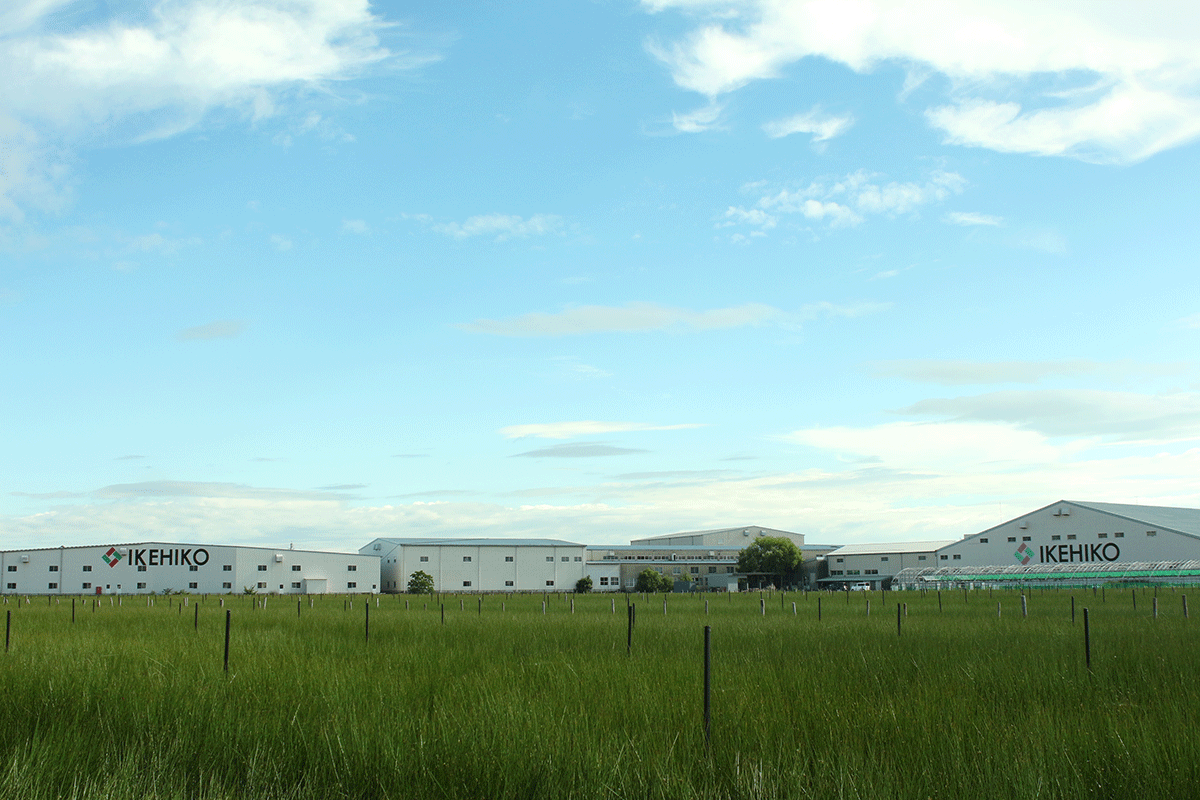
Another company philosophy that we have is what is called Fuekiryuko in Japanese. It means to be sustainable as we try to grow. If we want to continue as a business, we should choose sustainable resources. We also need to continue fostering our human resources as well. However, the products that we supply to the market need to be changed according to the needs of the time or the needs of the consumers. Therefore, while we pursue the same sustainable philosophy for our business, we need to change the products that we provide to the customers. That is very important.
Speaking about your products, we know that you have developed many different brands, with each of them having a special theme attached to it, such as your Design Tatami having high-quality tatami with colorful and innovative designs, D.Style which you define as “lifestyle with nature,” or Ask Doctors where you jointly design products with doctors to make them suitable for many different types of clients. Which of your brands do you believe has the most growth potential in the overseas market?
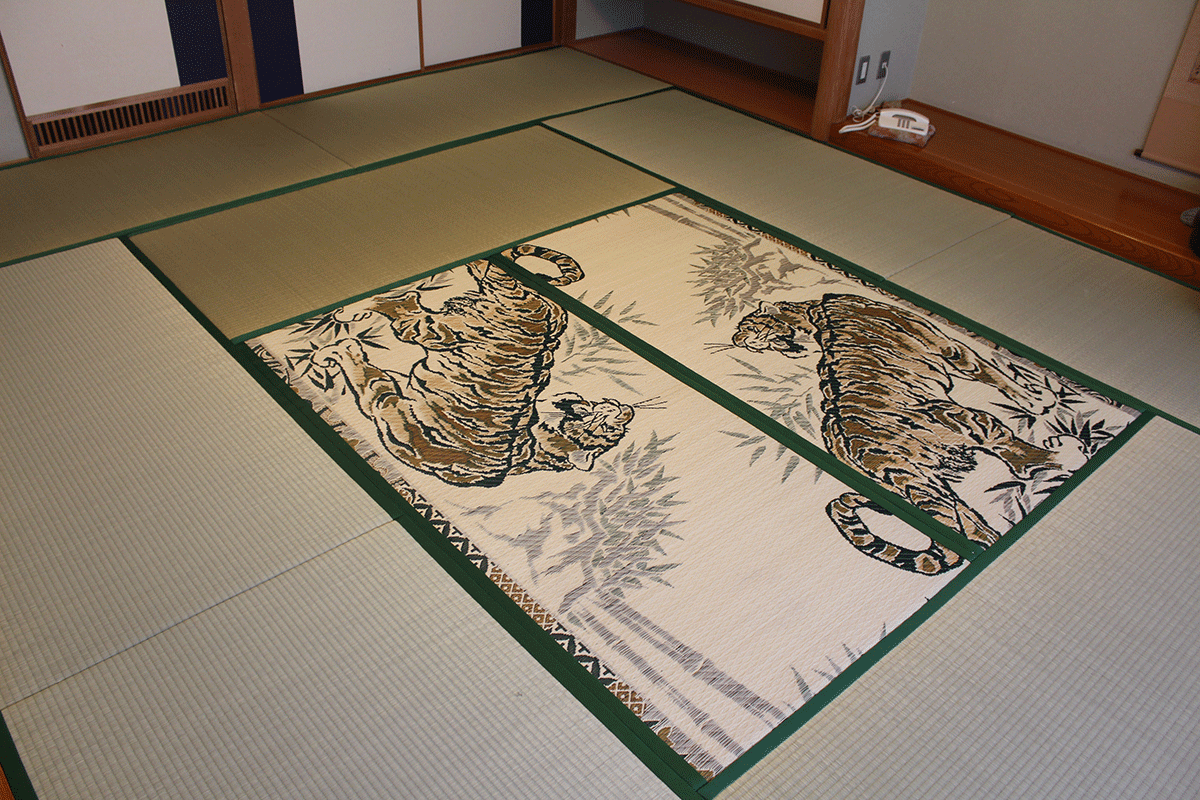
I think that each of the brands that you mentioned has not been fostered sufficiently to become a standalone brand. Rather than pursuing each of these brands, I would like to foster our people as the brand for our company, as they are very important to improving and growing the branding of the company as a whole.
In your previous answer, you mentioned that sustainability is very important nowadays. We know that it is becoming the new norm. However, the textile industry has one of the longest supply chains which implies heavy CO2 emissions. Since 2012, you have been growing your own rush. Furthermore, we know that when people use rush, about 60% of the rush is used, and 40% is thrown away. However, you managed to implement this leftover rush into other products such as your Irucico series. Why did you decide to grow your own rush, and why is the use of rush so sustainable and environmentally friendly?
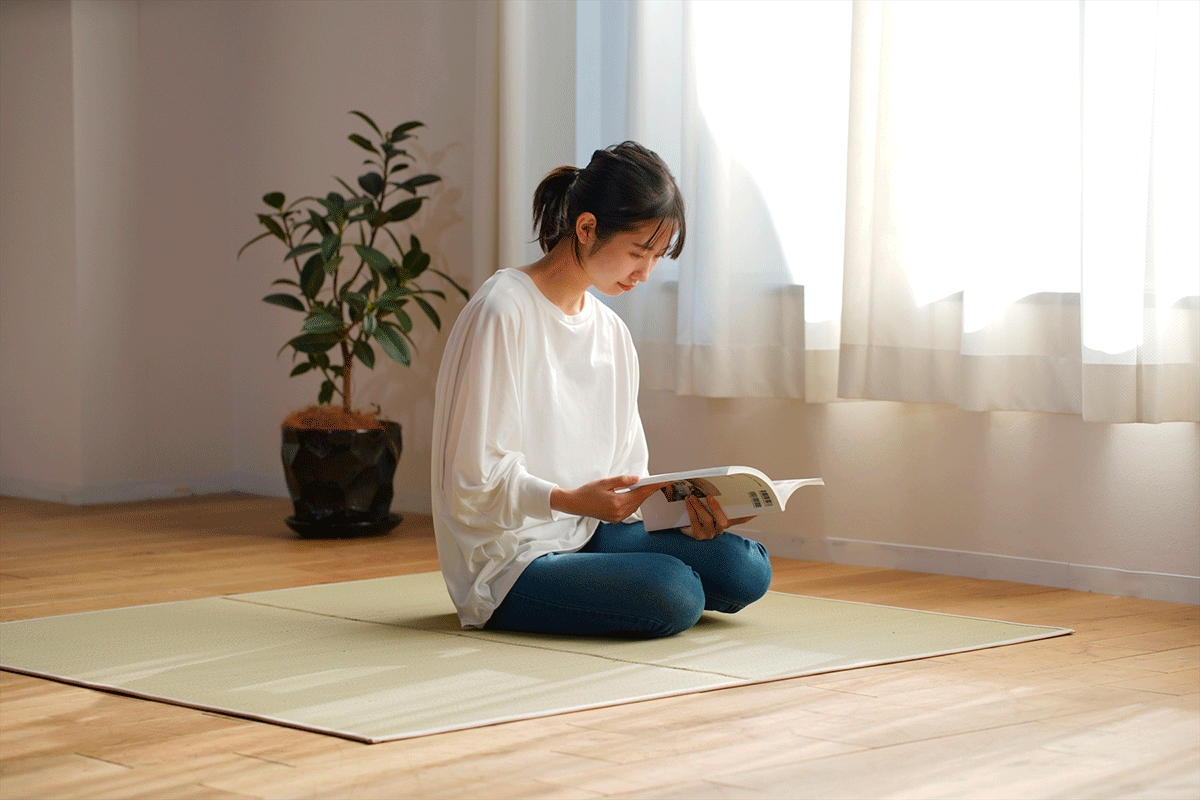
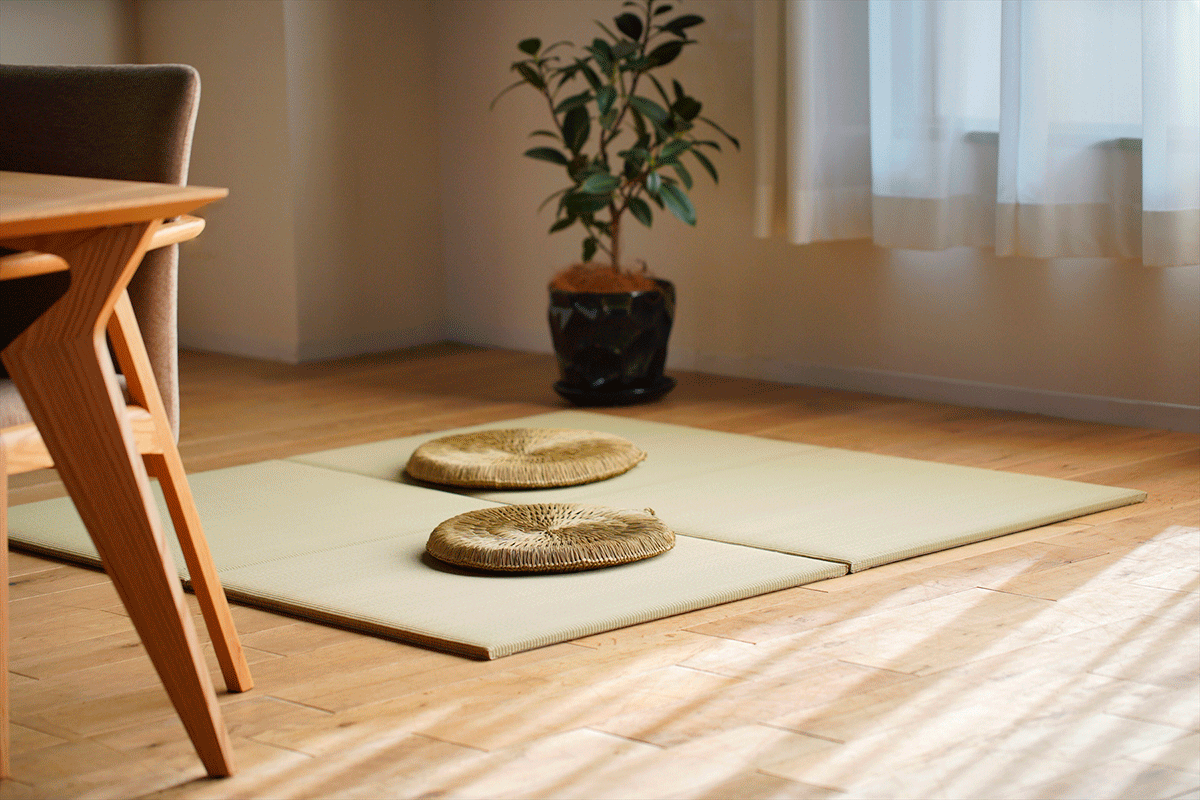
Traditionally, we procured rushes from farmers and brought them to the weavers. We provided the product designs to the weavers and purchased the products from them before selling them to our customers. It was a fabless business model. We did not grow the rush ourselves. Without the passion of the farmers and the weavers, we would not be able to make good products. We started growing our own rush to remember the passion of those people.
You also mentioned that our supply chain tends to be very long. In most cases, the farmers or vendors do business inefficiently. For us to be sustainable, we have to keep producing good products at reasonable prices. We wanted to do the farming by ourselves to better understand how rush is produced and then come up with a better system for production. That was another reason for growing our own rush. We wanted to learn more about the farmers’ experiences.
When it comes to how sustainable rush is, there are three main points to consider. The first is that since we are growing a plant, it is good for the environment. Rushes can absorb 6.5 tons of CO2 per hectare. It is also degradable which makes it very good for the environment. The second point relates to the fragrance of rushes. It is good for relaxation, which should lead to sustainability. The third point is that rushes are only grown at a similar latitude and can therefore only be grown in one particular area of the country. That contributes to the activation of the local economy and also contributes to labor creation. We wanted to improve our local economy and make it more sustainable.
When it comes to Igusa, you defined it as the future, and also a very important aspect of Japanese culture. You use it for a wide range of products across your brands, and you have also combined it with other materials throughout your history. For example, in 1970, you combined it with polypropylene, and more recently with your brand D.Style, you combined it with denim from the company Kaihara to make different kinds of rugs. Are you looking for new partnerships especially overseas, to integrate new materials to combine with Igusa?
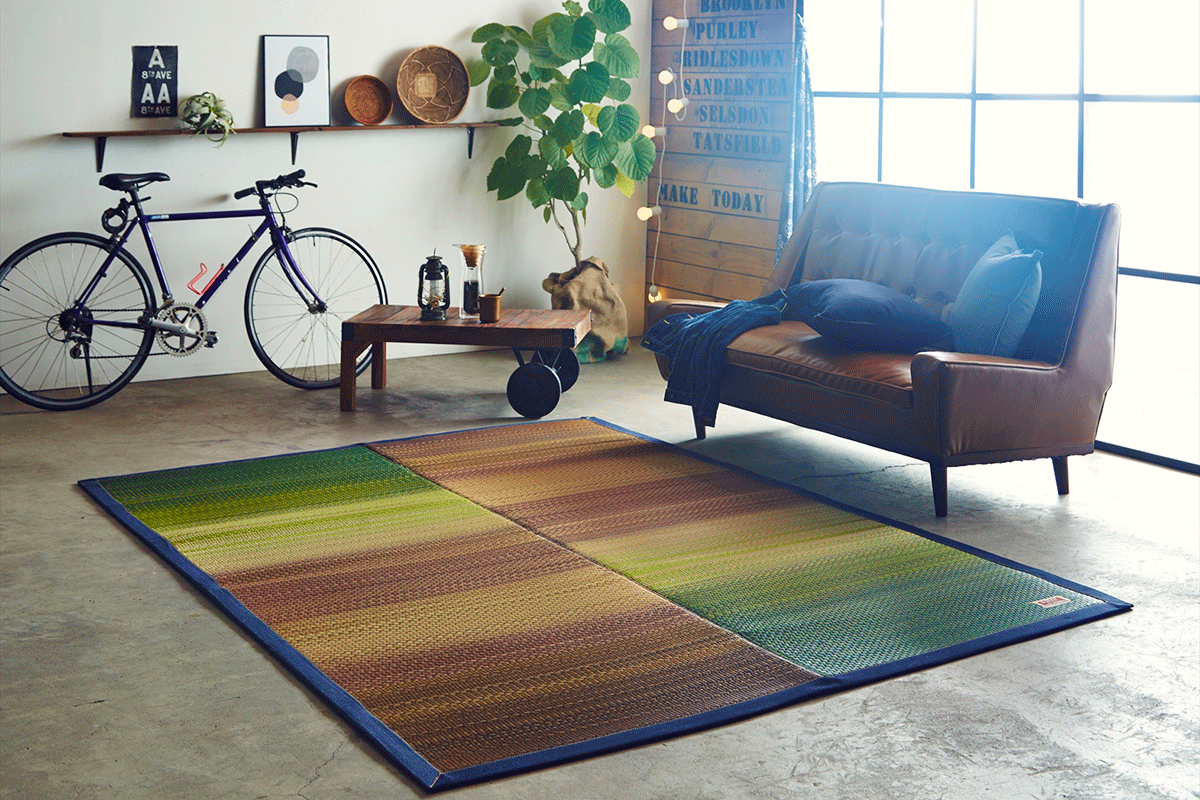
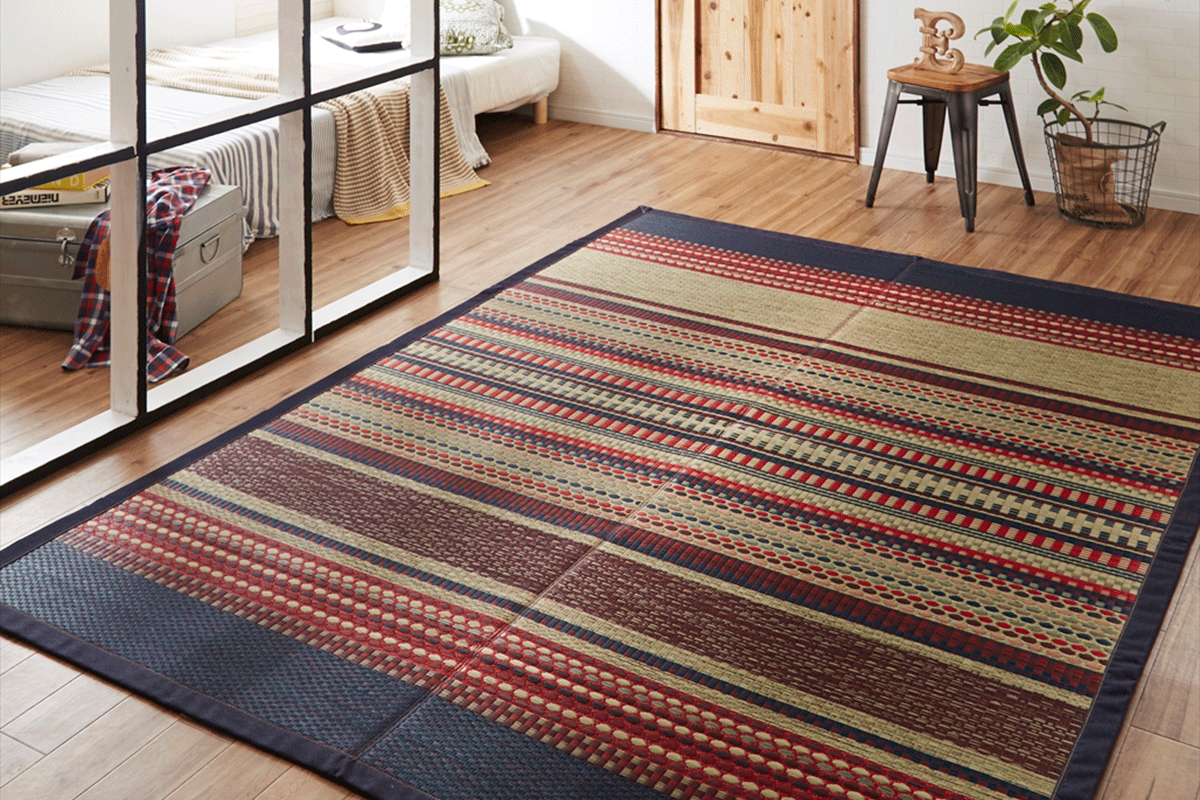
We have mainly catered to products for the floor. However, going forward, we would like to focus more on products for walls. We are looking for a partner for this particular project. It is our goal to be a total coordinator for interior spaces. We are not only pursuing sales. We would also like to provide sustainable products for the entire interior space, as this will contribute to the environment and help people to relax. In the future, we want to provide total interior solutions to our customers. We were looking for a space to place our rush products, and we decided to focus on walls.
Our company has a very long history and we have known for a long time that rushes have a very good fragrance. However, if you ask us whether it is effective, we do not have the evidence yet. To find this evidence, we have partnered with a university to conduct a study about the effects of rushes. We want to obtain quantitative data on the efficacy of the rushes, as I believe that it will be very important when it comes to expanding in the global market. We have just started the research and we are looking forward to finding the results.
You mentioned earlier that you have tried to enhance the number of channels that you can use to promote your products. Producing traditional Japanese interior products may not seem from the outside as the best fit for the younger generation. However, we know that you collaborate with different applications such as RoomClip for example which is a popular interior design application that allows users to share their interiors and link the products to it for better visibility. We also saw that you are visible on different SNS to enhance the visibility of your products. What other SNS channels are you using or want to use in the future, and how does it help you to connect with the younger generation of clients?
We have two axes for this particular field. The first is the material and the functionality of the products, while the other is the design. When it comes to materials and functionality, it is very important for us to explain the efficacy and effectiveness of the rushes and their history and tradition. I believe that this will lead to an increase in our sales. However, if we focus solely on that, we will only be able to create a certain amount of demand. That is why we need to add the essence of the design as a different appealing point of our products. However, that has been a challenge for us for a long time. For example, when it comes to apparel, if you go out on the street, you will see people wearing a lot of different clothing designs. The more you look at other people’s samples, the more demand or passion you will have. However, for interior products, you do not have a lot of opportunities to look at the interiors of other houses. That makes it very difficult to generate demand or passion for certain products. That is why we decided to show more samples and images of the coordination of interior products. That will lead to better sales.
I met with the president of RoomClip, as we could not achieve our goal by ourselves. Working together with RoomClip allowed us to share samples of our interior goods and the coordination of those products. That was how we started collaborating with RoomClip.
You spoke about the need for design and how conveying your message to the younger generation is very difficult to do, as you do not see your samples on the street like fashion products. When we met with Semba, an interior design company, they spoke about their collaborations with influencers and how that was a way for them to showcase their products to a wider audience. They also spoke about working with domestic and foreign designers who could bring their designs to new audiences associated with those designers. Is that something that would be of interest to your company? Do you see that as a way to grow the design aspect of your business?
That is part of our long-term plan. Ultimately, we want to work together with the consumers to develop new products. To do so, we are trying to produce and communicate products that resonate with consumers. Of course, working together with influencers will be one of the means. However, we first want to gather more people who have empathy with our products as that will help us to grow our sales. With the consumers' help, we want to come up with better products in the future.
We are currently looking for fans of rush products or rushes. Our tools are the same as our competitors and include TikTok, Facebook, and Instagram. Through those channels, we are trying to explain what we are doing and tell people about the history of our business, so that we can find more people who share an interest in our products. Ten to twenty people could be the starting point. By working together with fans of rush products, we would like to develop better designs and better ways to use our products. They could then share these ideas with other audiences. I think that will lead to stronger branding for our products. I also believe that it will increase the engagement of our employees, as they will be communicating directly with the consumers. As I mentioned earlier, the branding of the products is important. However, the most important branding is to foster people. As we do so, our company philosophy will become an important brand.
We know that you have not only been focusing on Japan but that you have also expanded your operations overseas, first in China in 1987 when you opened a raw materials production plant, and then in Vietnam where you opened a representative office. Why did you decide to start your operations in China first of all, and what have been the benefits of having a representative office in Vietnam?
Our operations in China were started by the previous generation at the company. The president loved rushes and thought that rush products were great. However, in the past, rush products were quite expensive. He wanted to expand the market to a broader range of consumers, so he decided to start operations in China as it would allow us to supply high-quality products at more reasonable prices. As a result, we were successful in broadening our customer base in the domestic market, and as the economy grew, rush products became more and more popular. Moving forward, we want to focus on the global market and provide our high-quality products to local markets overseas. We started our operations in China 36 years ago. The world has changed dramatically since then. It is now our goal to broaden our customer base in the global market.
We opened our representative office in Vietnam five years ago. The purpose was to establish a base overseas to help us penetrate the global market. Next year, we will register this representative office as a company so that we can begin to expand our presence, especially in Southeast Asia.
Your company is a very old company with almost 130 years of history, and you are one of many generations who have held the presidency. If we were to return to interview you again on the last day of your presidency, do you have a personal goal or ambition that you would like to have accomplished for the company by that date?
Rather than just focusing on the growth of the business, I want to also focus on the growth of our employees. I want them to feel happy working for this company. Of course, we are doing business, so we need to focus on strategies for further sales growth. However, to do so, people play a very important role, as people who are motivated can contribute a lot to the company, to the customers, and to society in general. My predecessor as president used to call his work a hobby. I believe my thinking is similar. I enjoy doing my job, and I want to continue to work together with our people and help them to grow. Of course, I am responsible for this company, but I also really enjoy being the president. I want to share these positive feelings with my employees so that they can also enjoy working here. That is my goal for the future.
0 COMMENTS